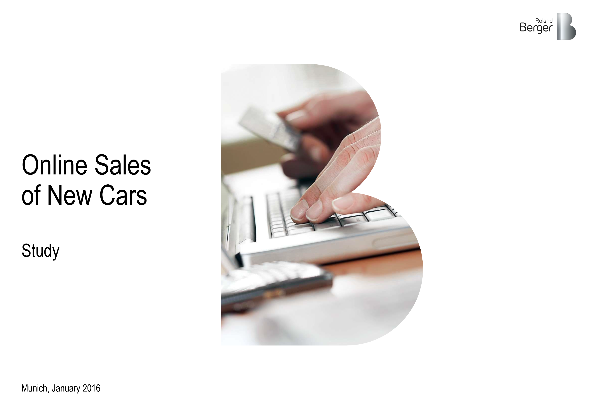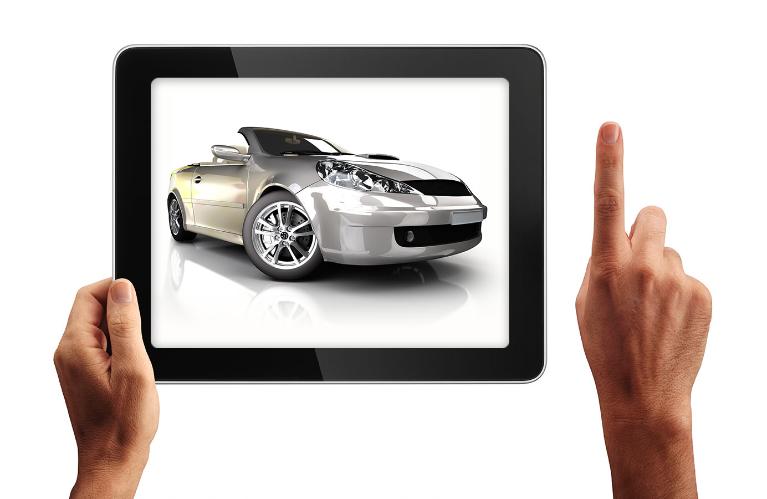Online Sales of New Cars
![{[downloads[language].preview]}](https://www.rolandberger.com/publications/publication_image/cover_onlinesalesnewcars_download_preview.png)
Facing challenges brought by digitization, the automotive industry is under pressure to adapt its business models to meet customer expectations


Digitization has already revolutionized how almost every industry conducts business—across all sectors, the biggest challenge of recent years has been implementing cross-channel strategies to meet rapidly changing consumer demands. Automotive sales is now under pressure to adapt its business models to meet customer expectations shaped by experiences across a breadth of other industries, from retail and media, to travel and restaurants.

10% of new cars are already sold online, a volume that is expected to a least double by 2020. This isn’t surprising considering that 97% of car sales begin with online research, and 44% would already be prepared to complete their purchase online. Other convenience factors such as early negotiation anonymity, avoiding stressful, in-person negotiations with a salesman, and the flexibility to use a mobile device in the sales process are certainly part of this trend.
Younger consumers have also come of age in a digital marketplace, making them a rising demographic that is not only comfortable with online purchasing, but one that expects the speed and convenience that comes with it. 59%, in fact, expect a response to email/web inquiries within 24 hours.

We identified two major customer types for online automotive sales, the informed saver and the multi-channel customer, and analyzed how the German market and its players are meeting their needs. After examining and comparing marketplace, broker, special concept, and OEM/dealer platforms, we discovered that six general rules apply to online car sales, regardless of the customer type: transparency, trust, ease of use, seamless integration, services, and flexibility.
Start-ups around the world are already demonstrating what is possible in the market of online car sales—and where the gaps still lie (e.g. pre-sales to aftersales one-stop-shop solutions). To reach these customers and the future of the marketplace, now is the time to optimize your models and identify your competitive edge.

![{[downloads[language].preview]}](https://www.rolandberger.com/publications/publication_image/cover_onlinesalesnewcars_download_preview.png)
Facing challenges brought by digitization, the automotive industry is under pressure to adapt its business models to meet customer expectations